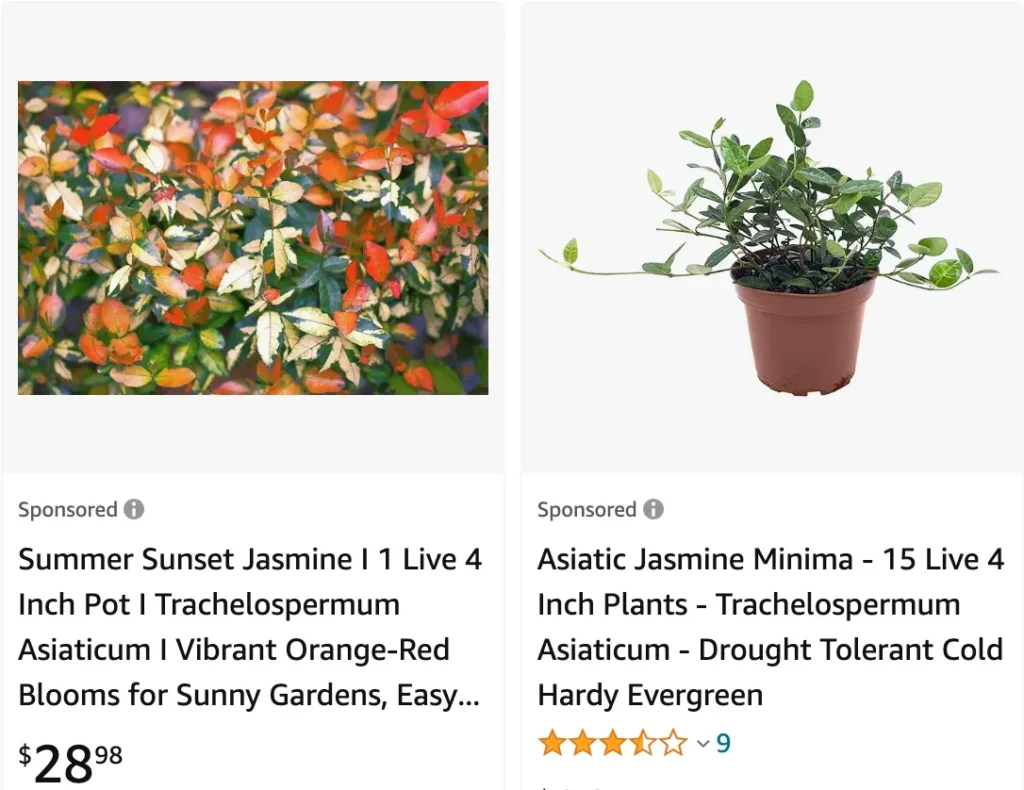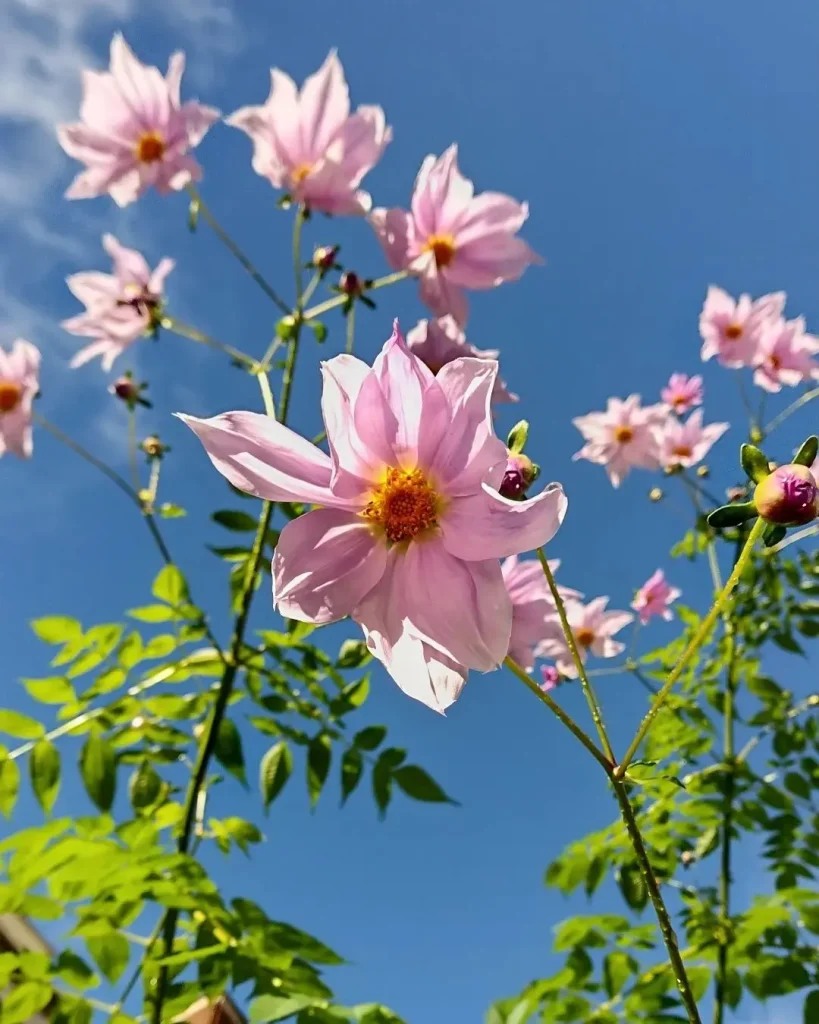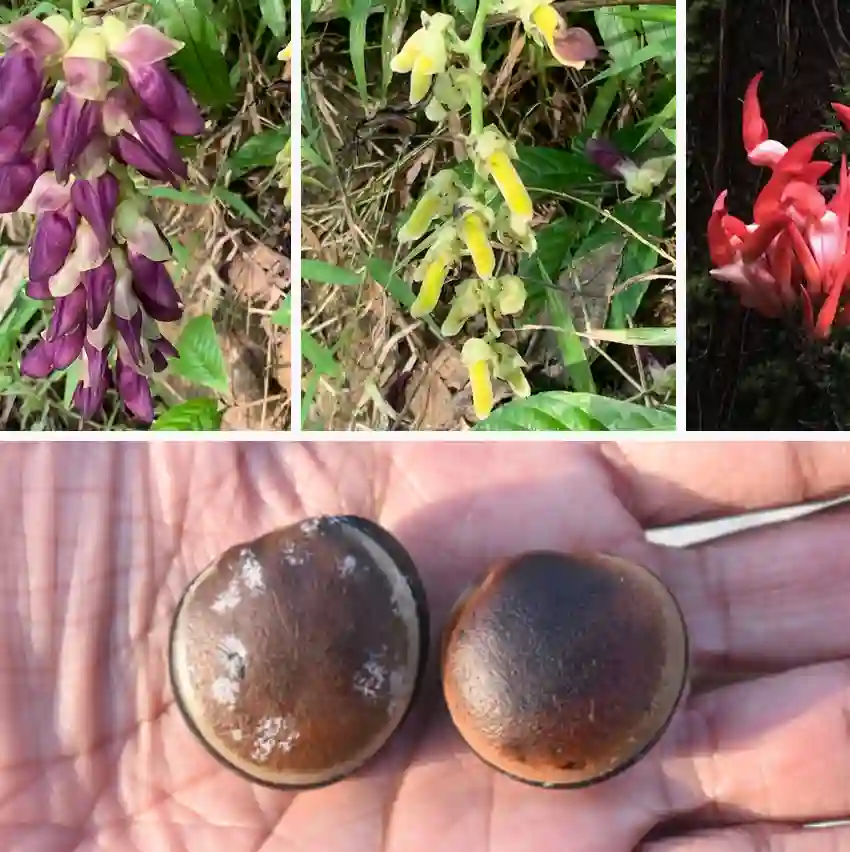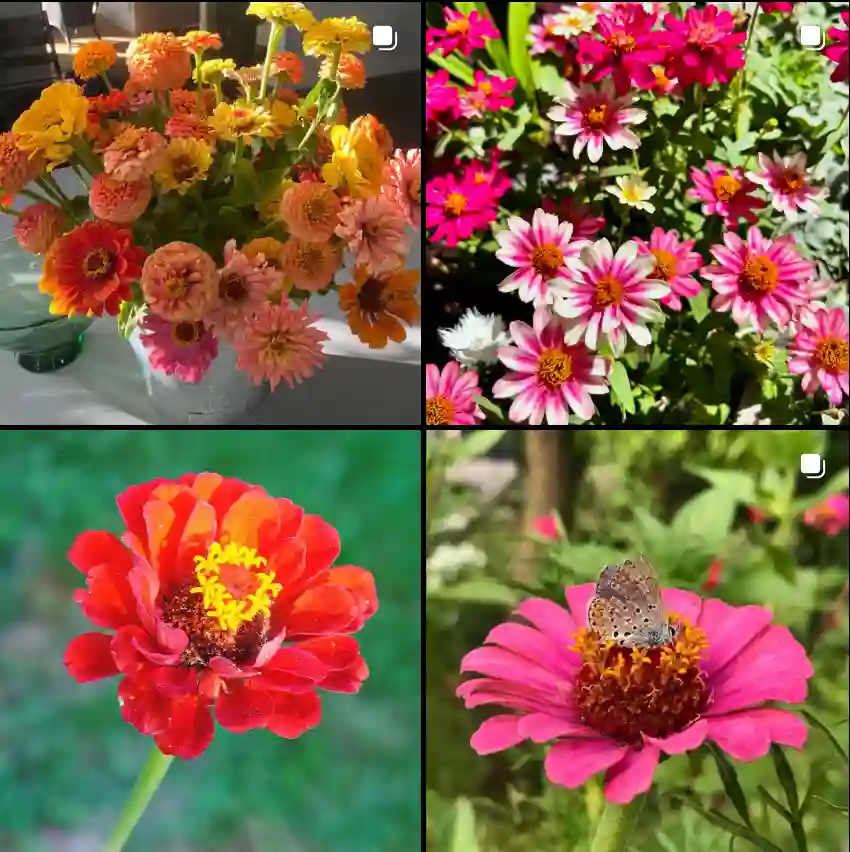
The Allure of Asiatic Jasmine: A Gardener’s Guide to Trachelospermum Asiaticum
For years, I’ve been captivated by the intoxicating fragrance that wafts through the air on warm summer nights. It wasn’t until recently that I discovered the source of this delightful aroma: the Trachelospermum asiaticum, also known as Asiatic Jasmine. This versatile climber has become a mainstay in my garden, offering a cascade of glossy green foliage punctuated by clusters of sweetly scented white flowers.
Intrigued by its beauty and ease of care, I delved deeper into the world of Asiatic Jasmine. In this article, I’ll share my experience and knowledge about this captivating plant, guiding you through its cultivation and care.
Trachelospermum Asiaticum vs Jasminoides
Trachelospermum asiaticum is a bit more robust and tolerant of varying conditions compared to Jasminoides, which I’ve found to be more temperamental and finicky in my garden.
How to Grow Trachelospermum Asiaticum?
Planting and caring for Trachelospermum asiaticum is a breeze, making it ideal for both novice and experienced gardeners. Here’s what you need to know:
- Choosing a Location: Asiatic Jasmine thrives in a variety of lighting conditions. It will happily bask in full sun, offering denser growth, or gracefully tolerate partial shade. Opt for a location with well-drained soil to prevent root rot.
- Planting: Amending the soil with compost before planting ensures your Trachelospermum asiaticum has access to essential nutrients. Dig a hole twice the size of the root ball and gently place the plant within. Backfill the hole, water thoroughly, and apply a layer of mulch around the base to retain moisture and suppress weeds.
- Watering: During the first growing season, consistent watering is crucial for establishing a strong root system. Aim to keep the soil evenly moist, but avoid waterlogging. As the plant matures, it becomes more drought tolerant, requiring less frequent watering.
- Feeding: While not strictly necessary, a light feeding with a balanced fertilizer in spring can encourage healthy growth and promote abundant flowering.
- Pruning: Trachelospermum asiaticum is a relatively low-maintenance plant. However, occasional pruning can help maintain its desired shape and stimulate bushier growth. Prune lightly after flowering to remove spent blooms and wayward stems.
Is Trachelospermum Asiaticum a True Jasmine?
Despite its common name, Asiatic Jasmine isn’t a true jasmine (Jasminum). Both belong to the order Gentianales, but reside in separate families. True jasmines are part of the Oleaceae family, while Trachelospermum asiaticum falls under the Apocynaceae family. This distinction translates to slight differences in flower shape, fragrance, and even toxicity.
Is Trachelospermum Asiaticum Toxic?
While Trachelospermum asiaticum isn’t deadly, it does contain toxins that can irritate the skin and stomach if ingested. Exercise caution, especially around children and pets. When handling the plant, wear gloves to avoid skin irritation. If any part of the plant is accidentally consumed, seek medical attention immediately.
Additional Tips for Trachelospermum Asiaticum Success
- Container Planting: Trachelospermum asiaticum thrives in containers, making it perfect for patios, balconies, or smaller gardens. Choose a pot with drainage holes and use a well-draining potting mix.
- Support Structures: To encourage climbing, provide your Trachelospermum asiaticum with a trellis, fence, or other support structure. As it matures, it will gracefully twine around the support, creating a living wall or cascading display.
- Overwintering: In colder climates, Asiatic Jasmine can benefit from winter protection. Mulch heavily around the base of the plant and consider covering it with burlap or frost cloth during harsh winters.
With its alluring fragrance, beautiful blooms, and easy-going nature, Trachelospermum asiaticum is a fantastic addition to any garden. Following these simple tips will ensure your Asiatic Jasmine thrives for years to come, filling your surroundings with its delightful summer perfume.



